The 2015 BMW 7 Series has renewed the brand’s assault on the luxury class.
Set to go on sale in the UK on 24 October, the upmarket saloon has been comprehensively re-engineered in a move that sees it shed up to 130kg over its predecessor through the adoption of a new hybrid construction process that uses varying forms of carbonfibre in load-bearing areas of its body structure.
Further developments include newly developed in-line six-cylinder petrol and diesel engines and a plug-in hybrid model with an electric range of up to 25 miles. The 7 Series also gets a heavily reworked chassis that combines four-wheel steering with four-wheel drive for the first time, a remote parking system that allows you to step out of the car before it parks itself and a series of new iDrive control functions, including both touch and gesture controls that allow the driver to deliver commands with a wave of the hand.
2015 BMW 7 Series driven - read the first drive verdict here
The new 7 Series, codenamed G11 (short wheelbase) and G12 (long wheelbase), maintains the visual identity of the previous-generation model. The traditional three-box silhouette is retained, albeit with a slightly more raked rear window and a more heavily sloping boot lid that serve to provide it with a sleeker profile.
Among the detail changes are a more prominent kidney grille with flaps that open to increase airflow to the engine bay when required, larger LED headlights (with optional laser high beams from the i8), a more heavily structured front bumper with integral LED foglights and a more heavily contoured bonnet.
Along the flanks there is now a more pronounced shoulder, a taller glasshouse and a chrome highlight that runs from the air breather behind the front wheel arches and along the lower edges of the doors. The rear is distinguished by a high-set boot, traditional L-shaped tail-lights joined by a chrome strip and tail pipes set within the rear valance panel.
BMW has also developed four different styling packages for the new car: standard, M Sport, Pure Excellence and Individual.
At 5098mm in length, 1902mm in width and 1478mm in height, the new 7 Series is 19mm longer and 7mm higher than its predecessor in standard wheelbase guise, although it is the same width as before. The long-wheelbase variant gains an added 139mm in length, making it 18mm longer than the car it replaces, at 5238mm.
Both the standard and long-wheelbase variants share the same wheelbase measurements as the old 7 Series models, at 3070mm and 3210mm respectively. The front track has increased by 7mm in width at 1618mm, while the rear track is reduced by 4mm at 1646mm.

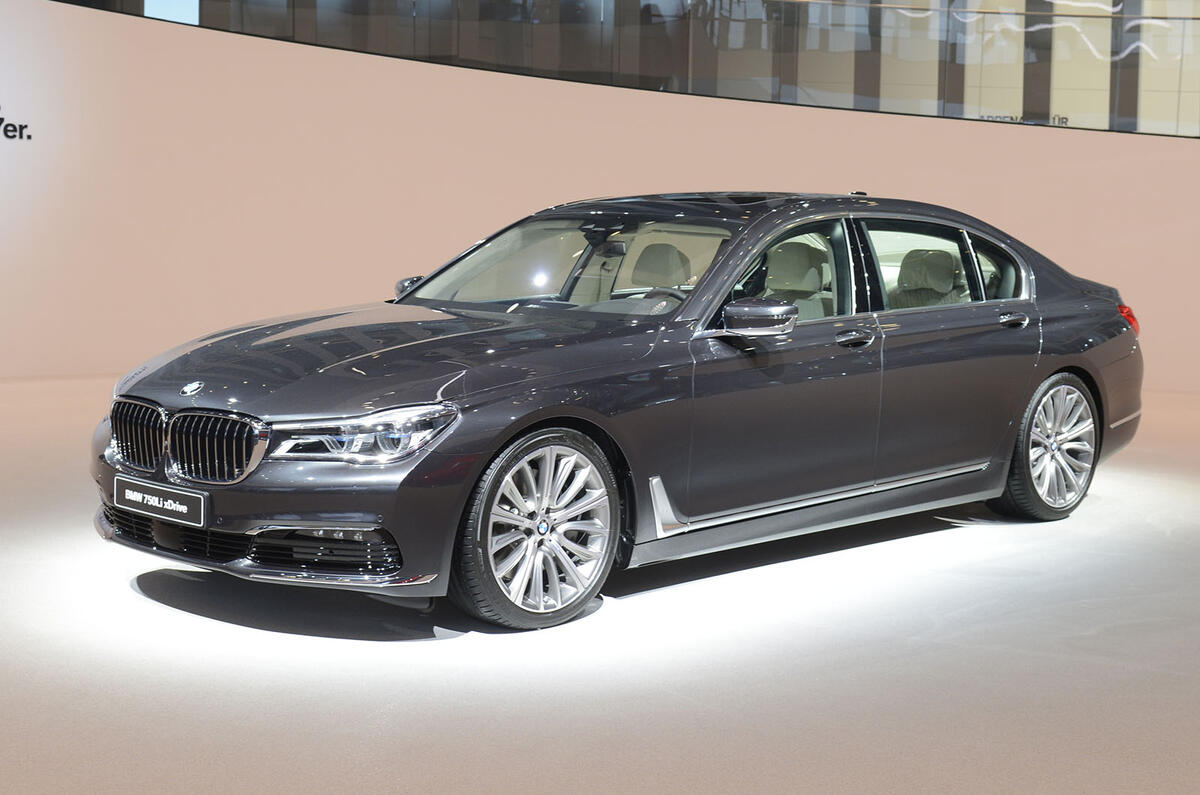
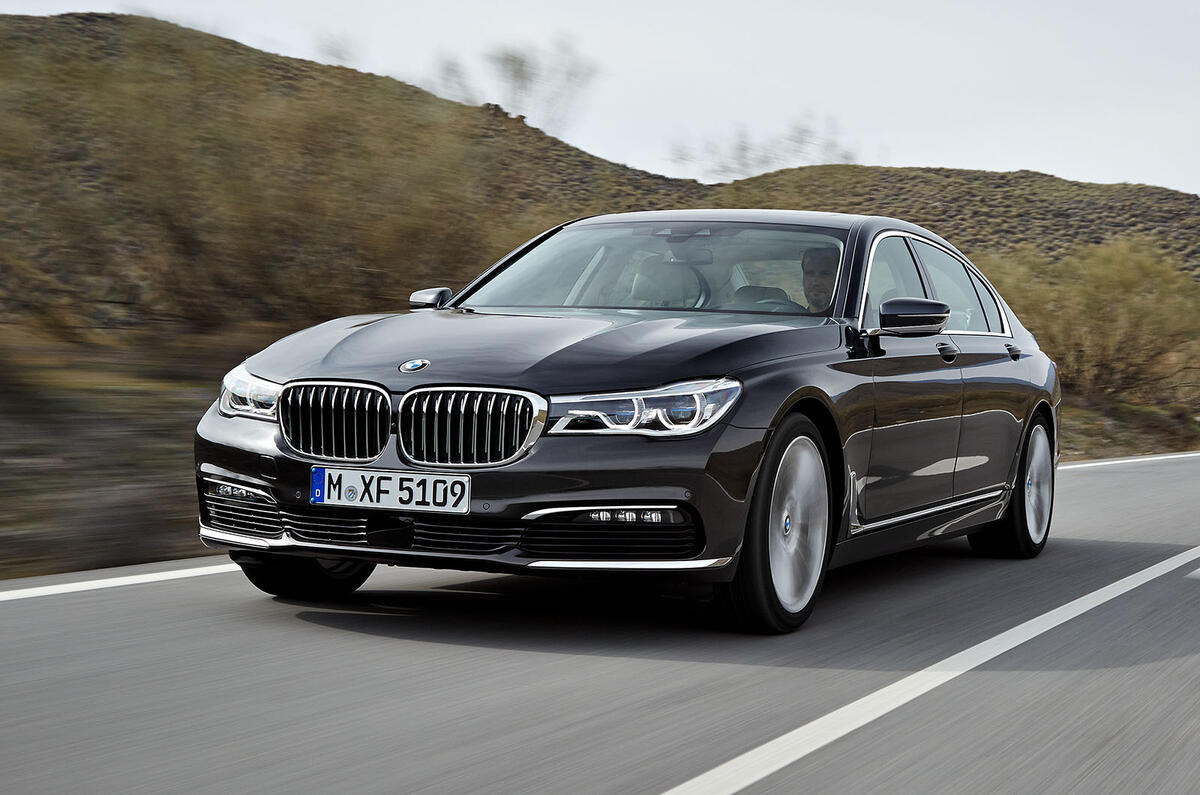
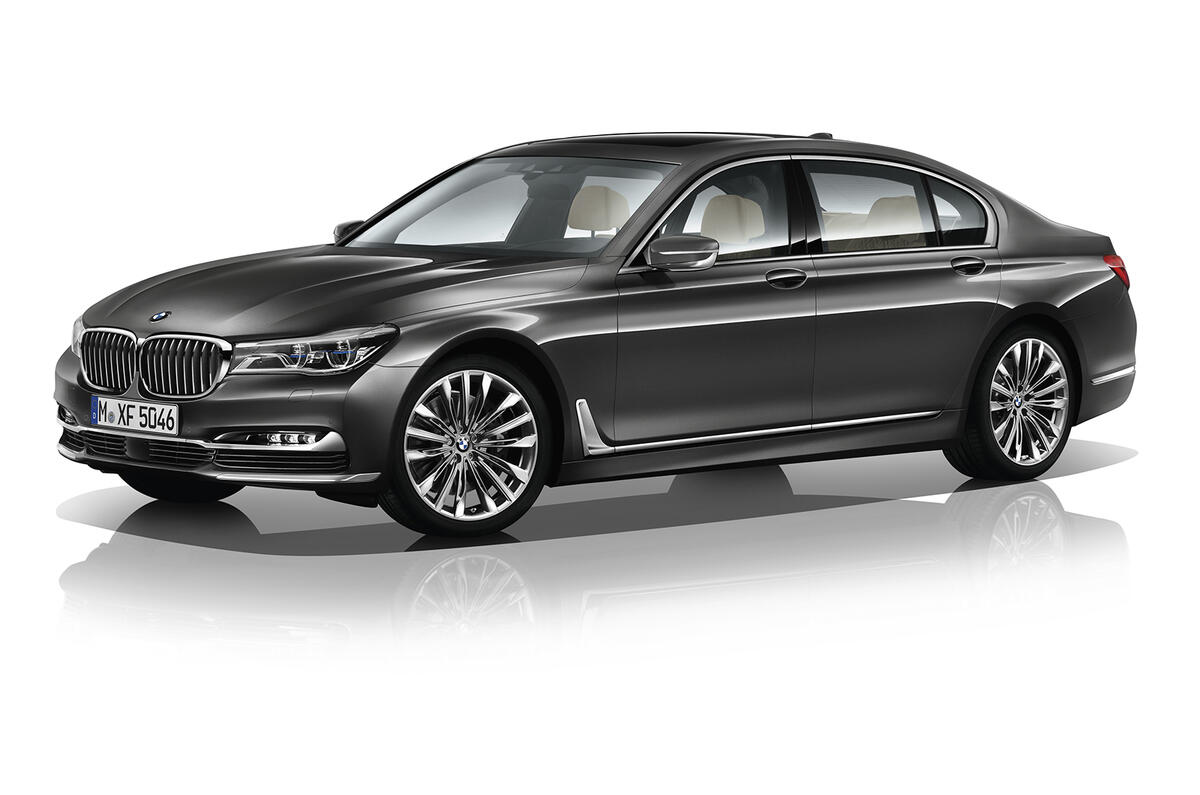
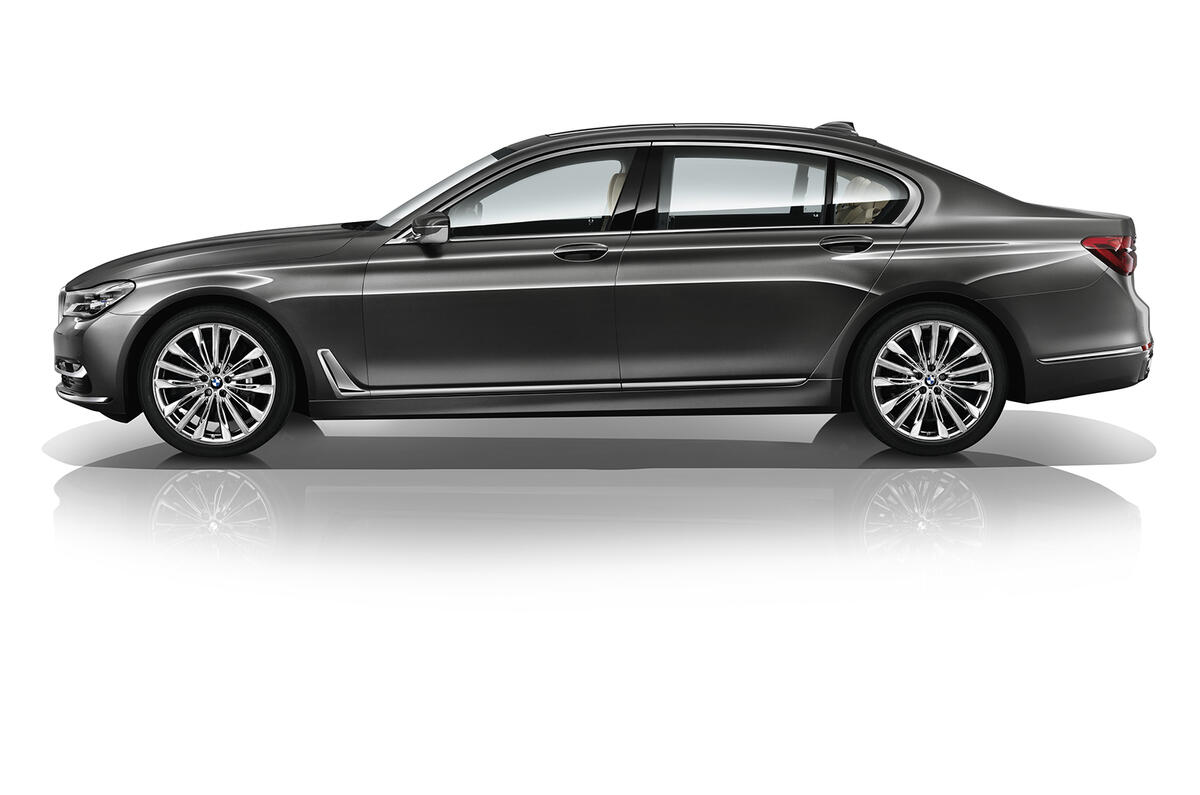
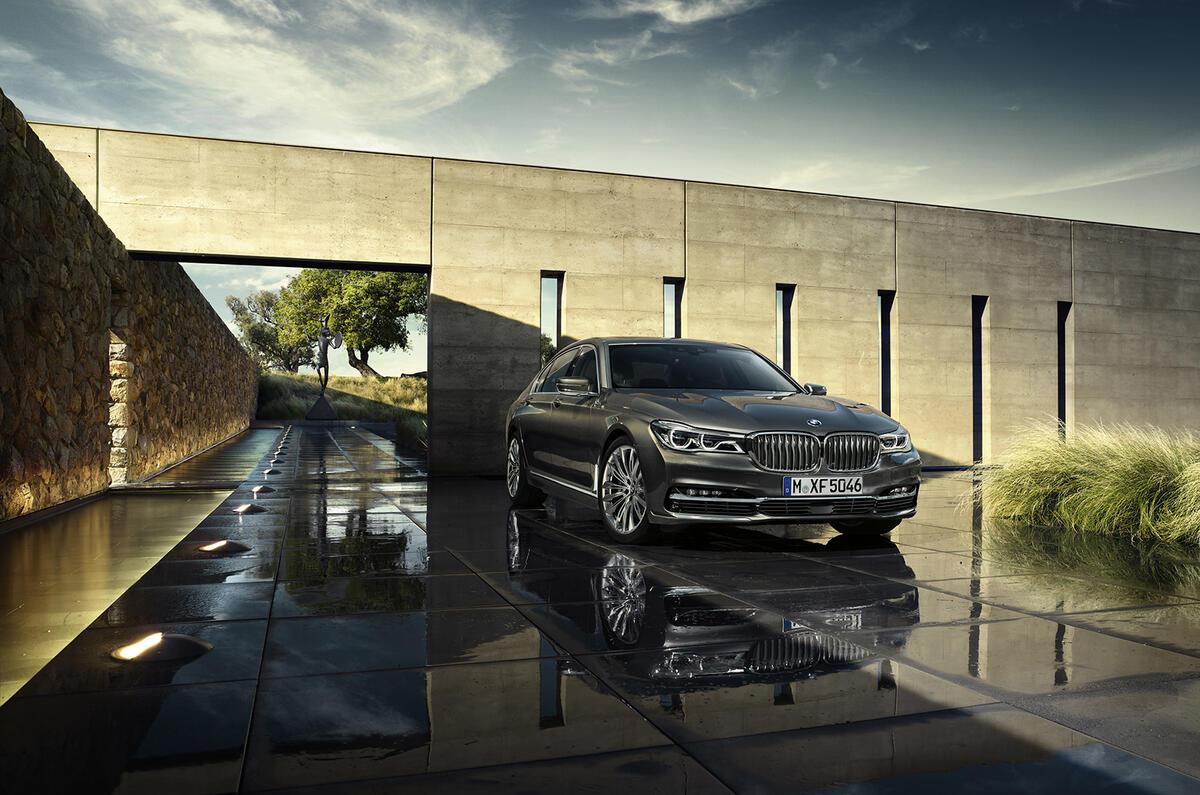
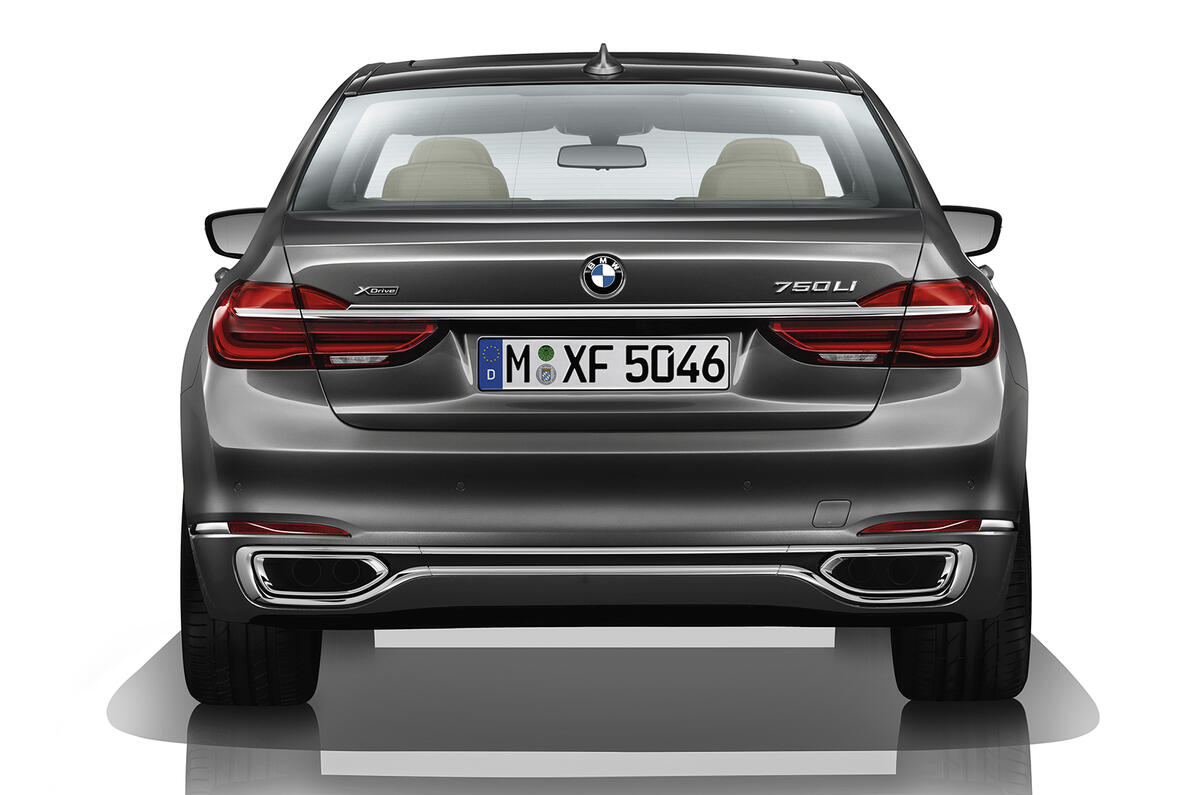
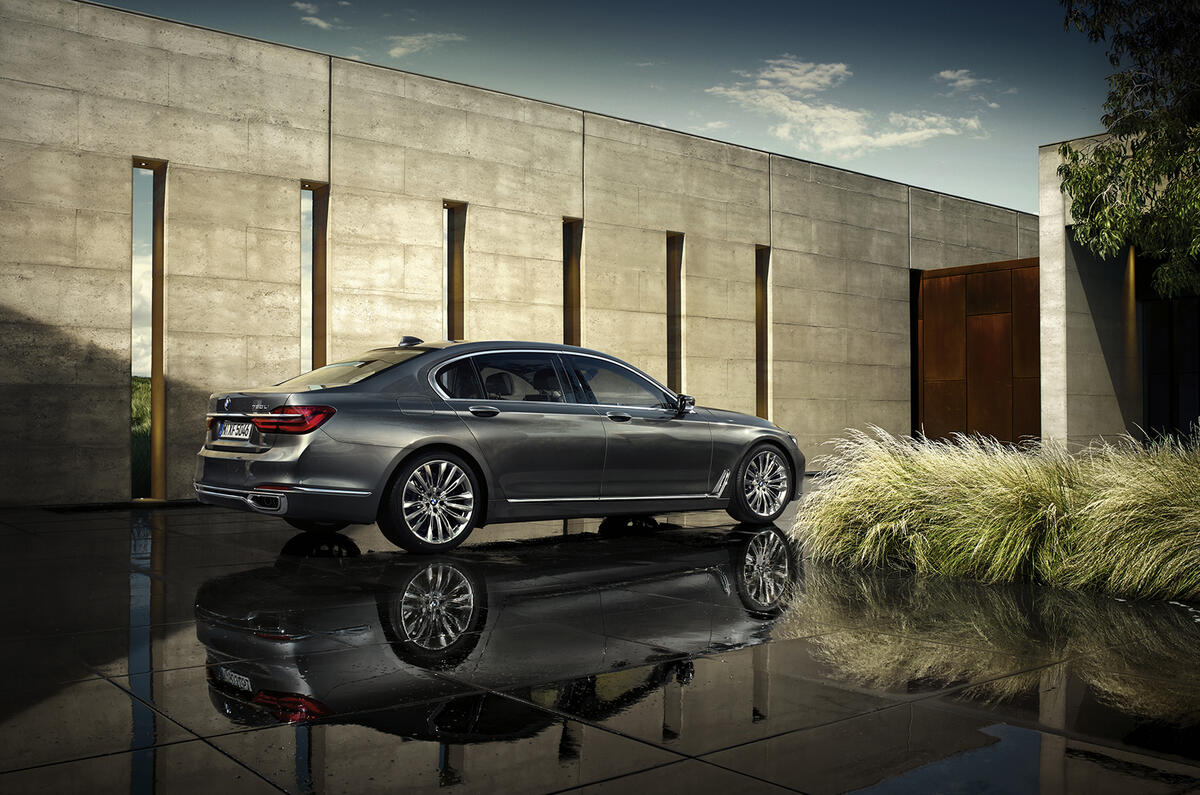
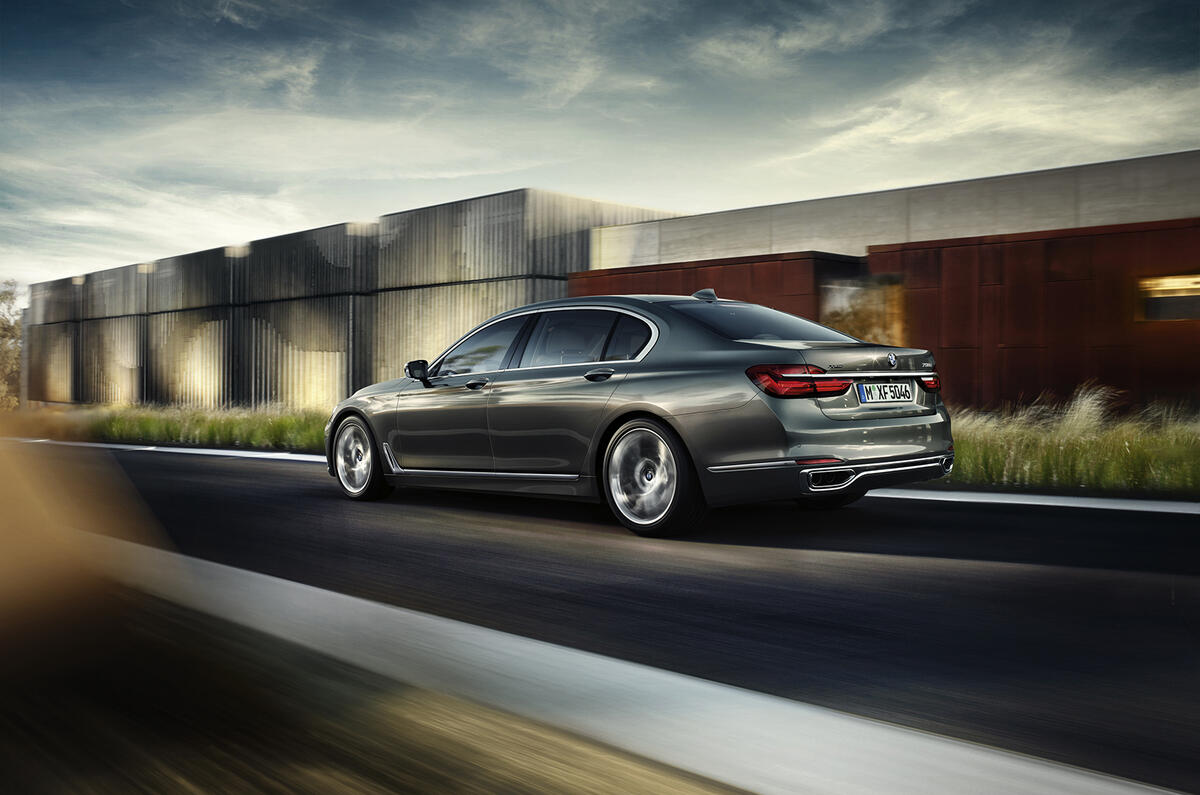

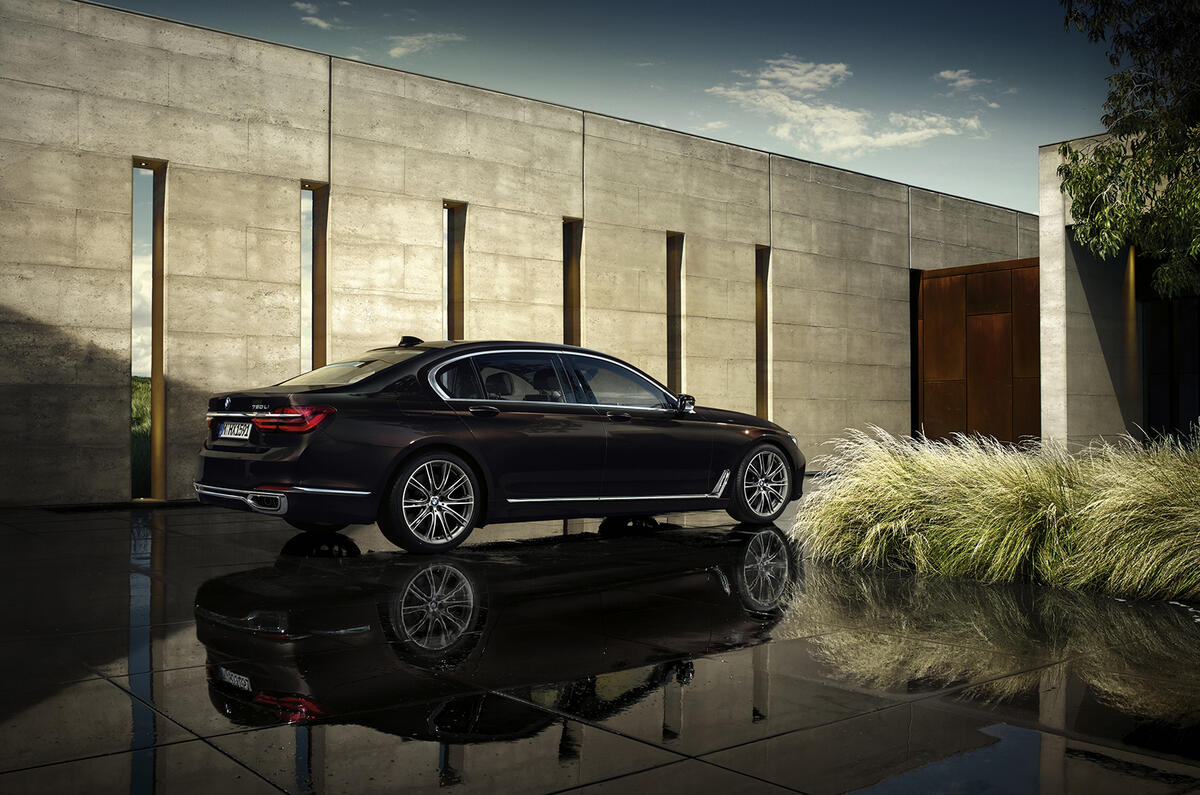
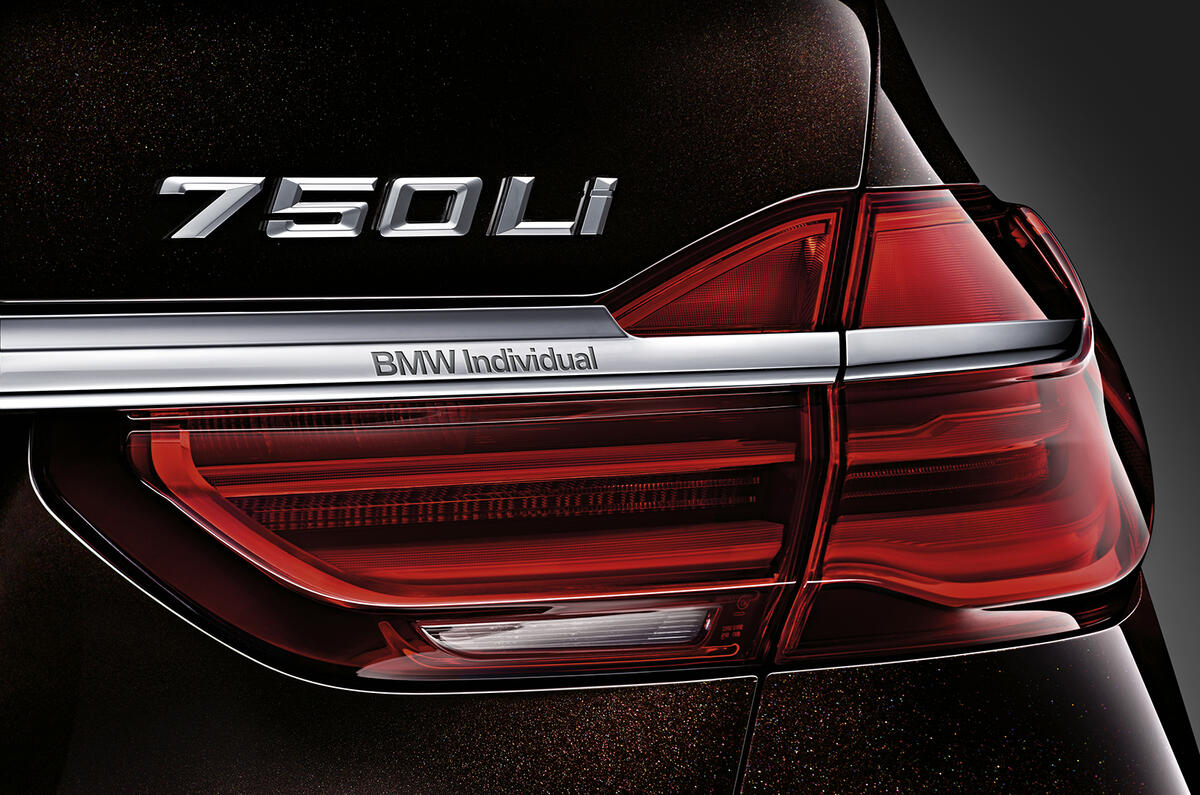
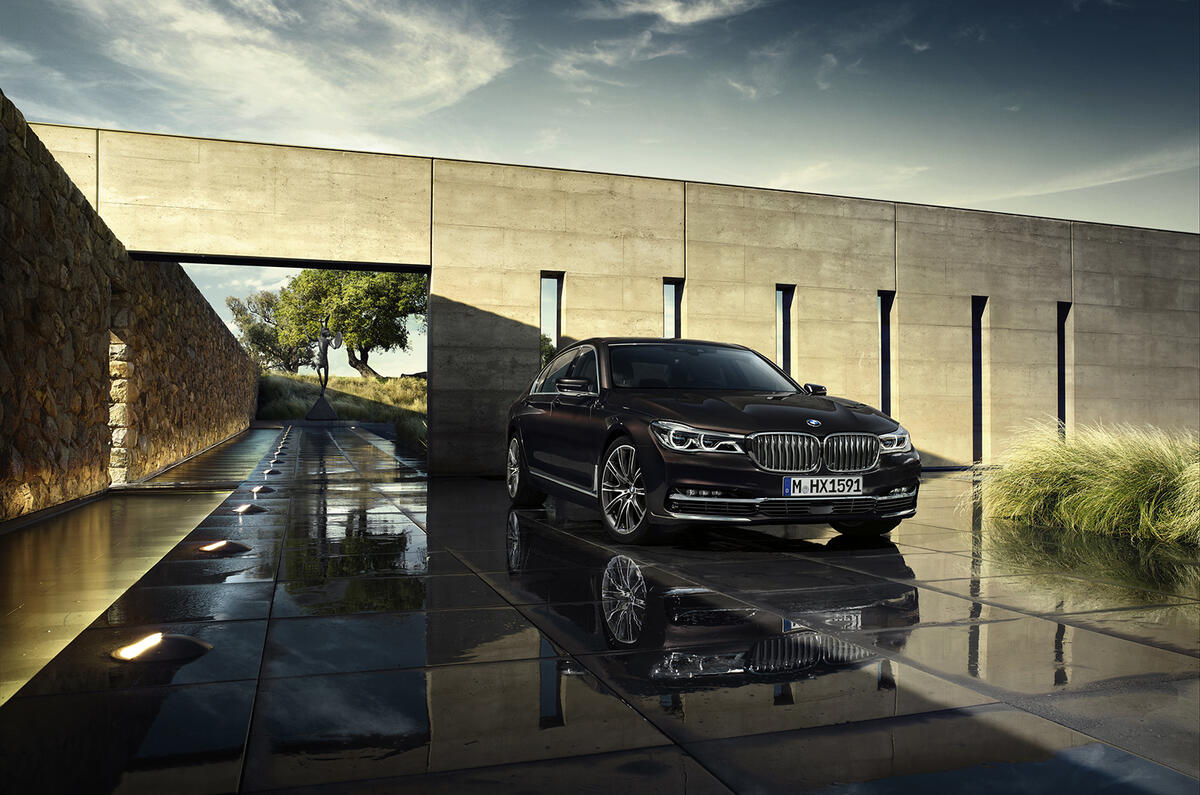

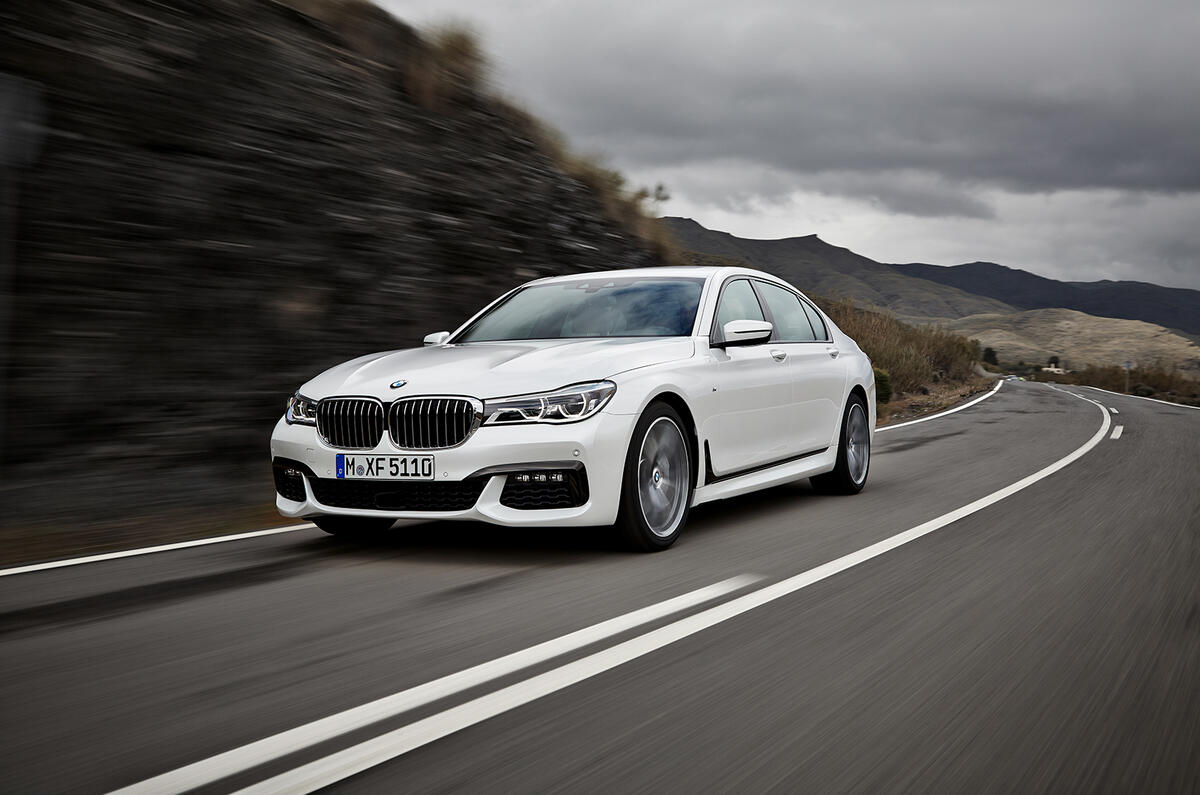
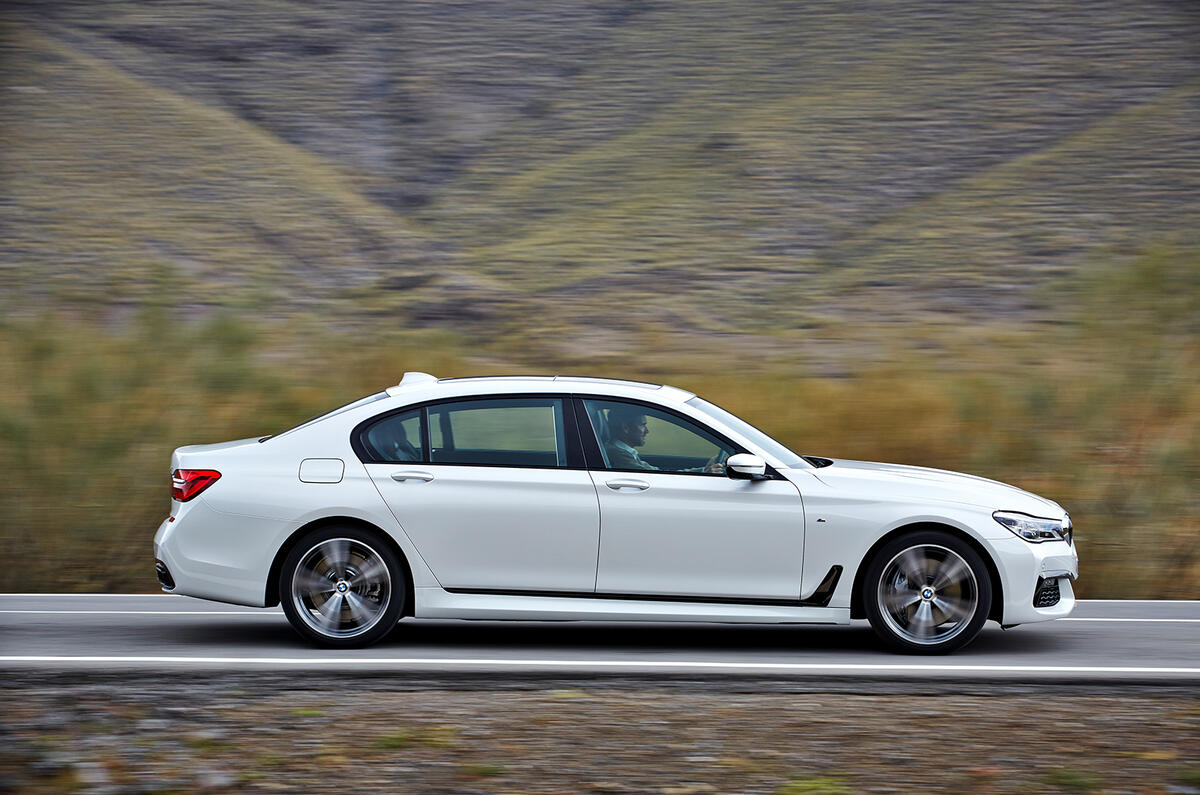
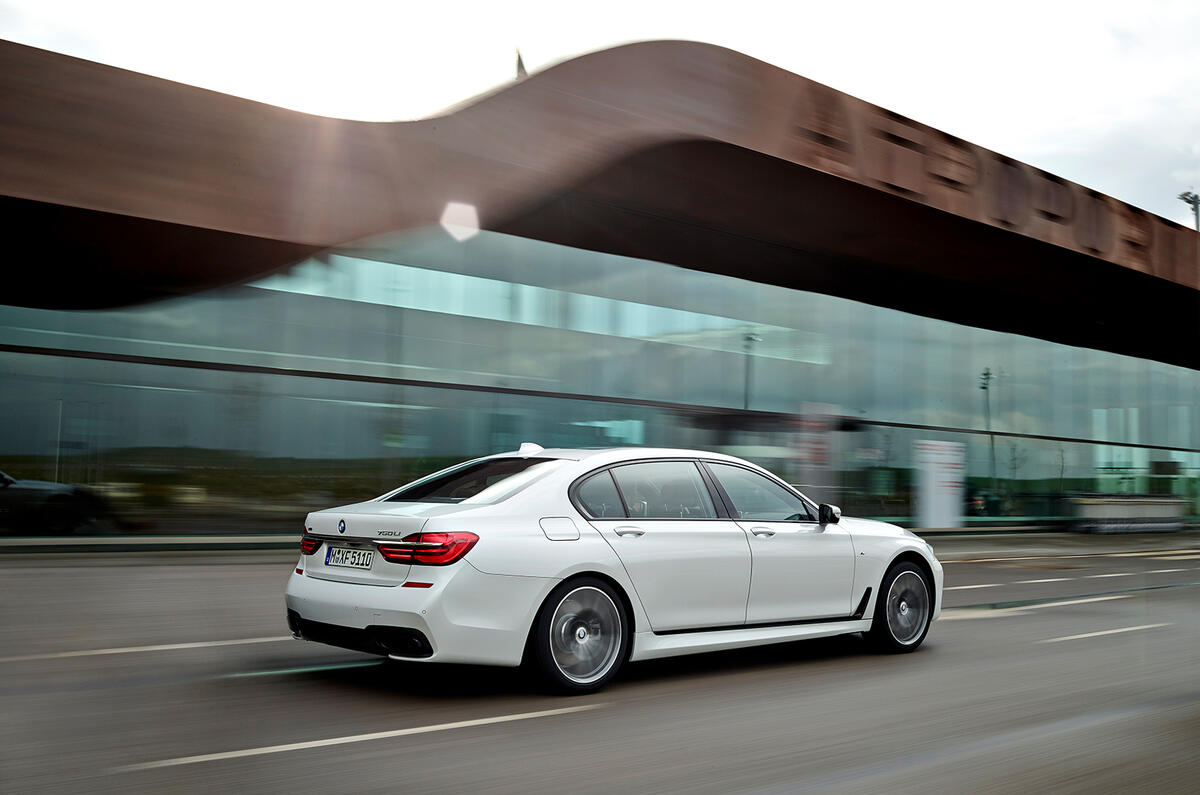
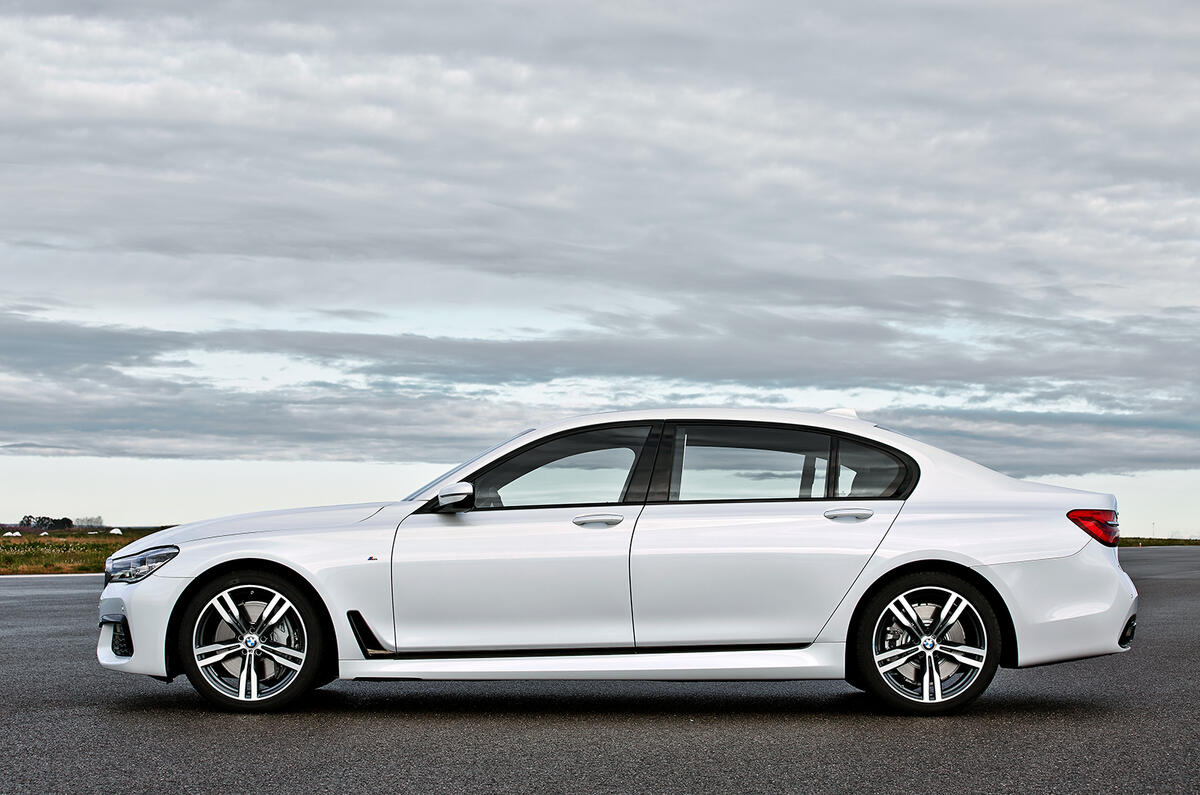

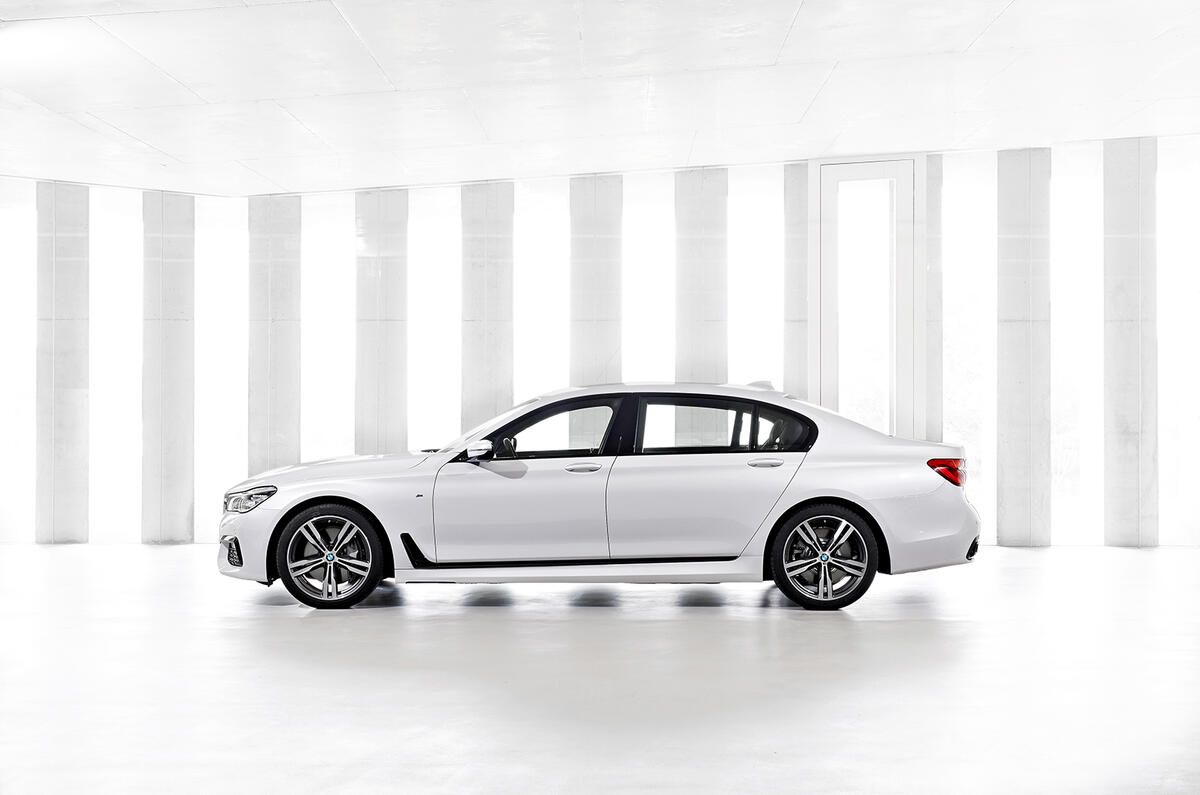
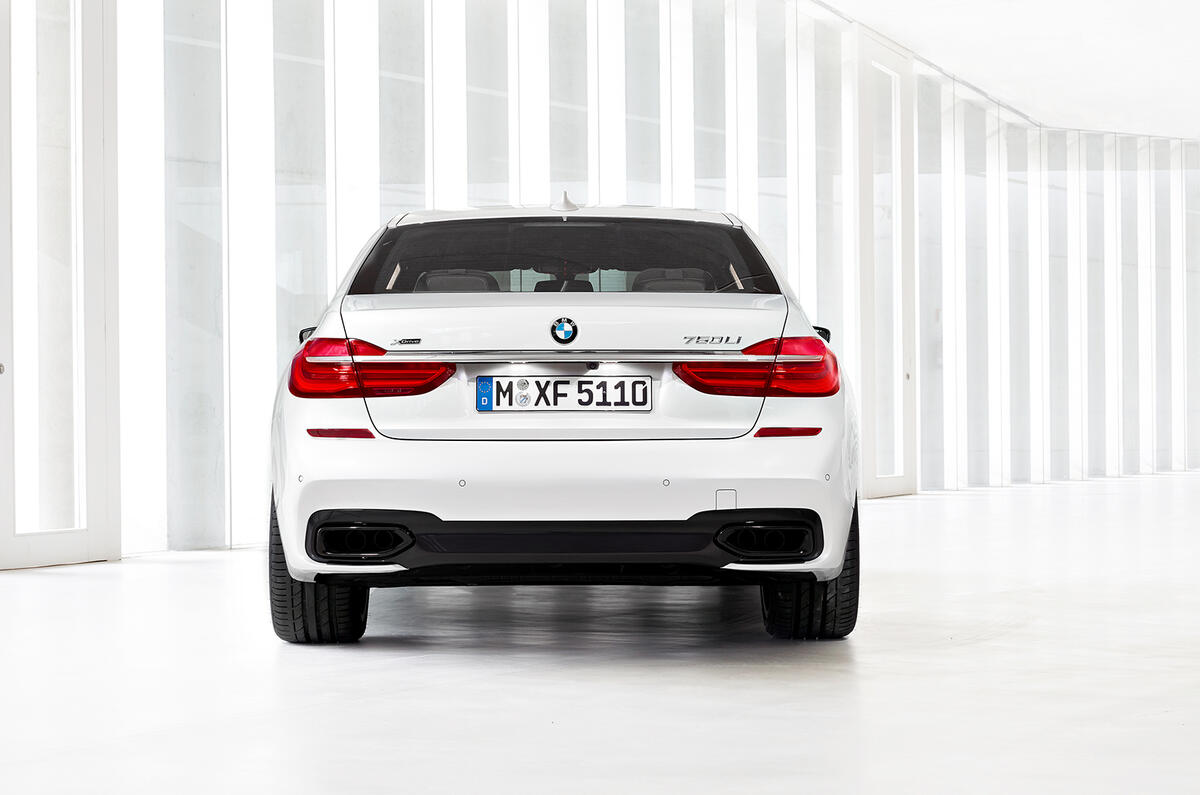
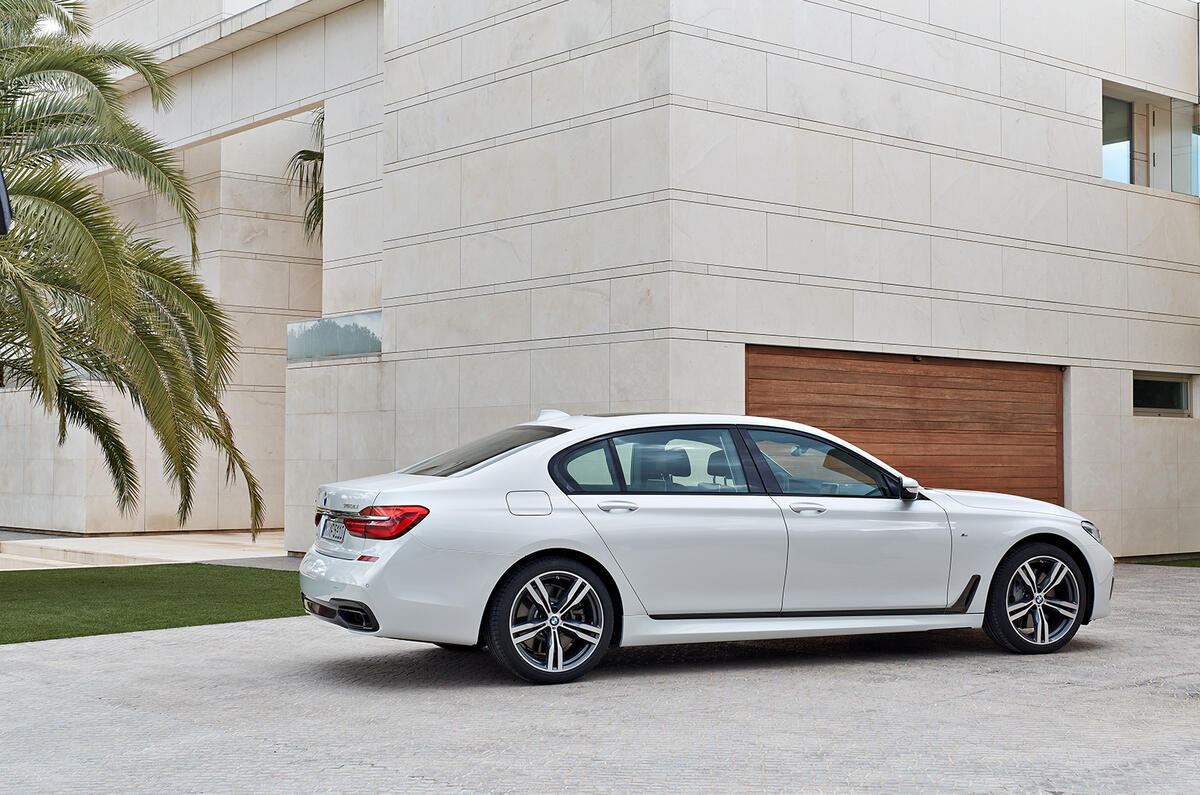

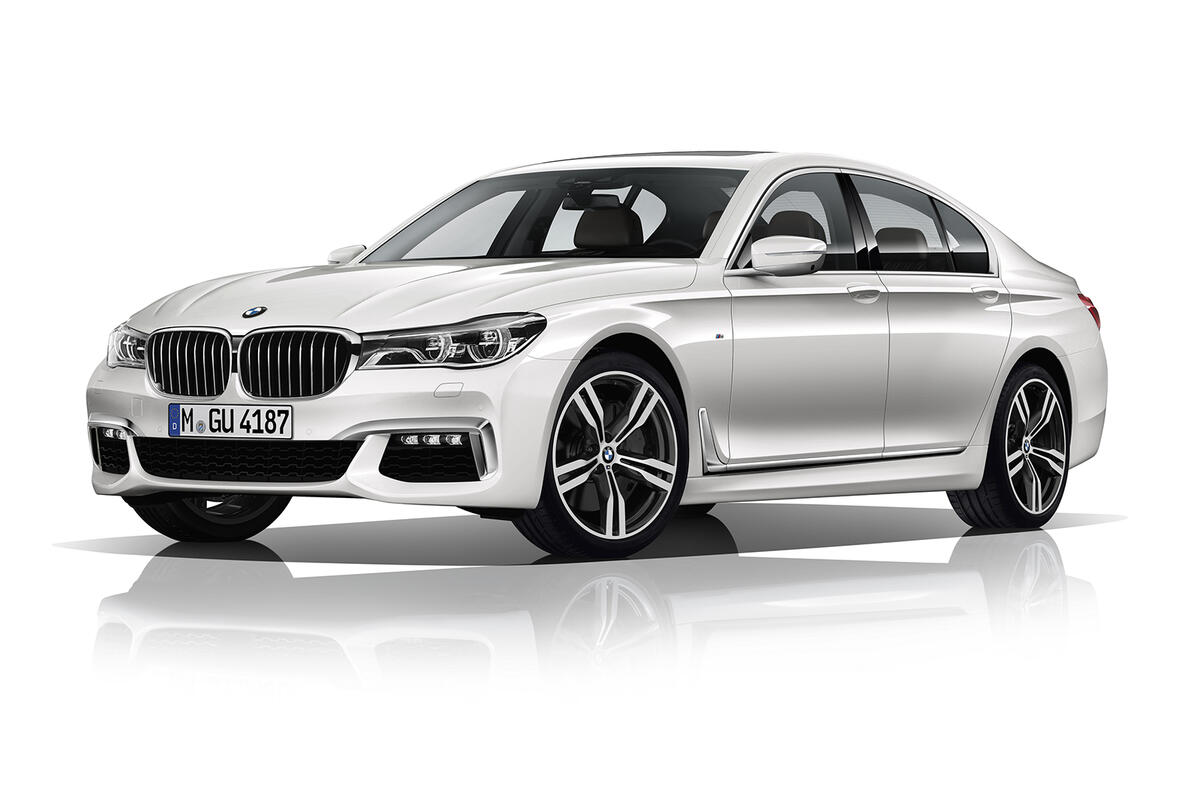
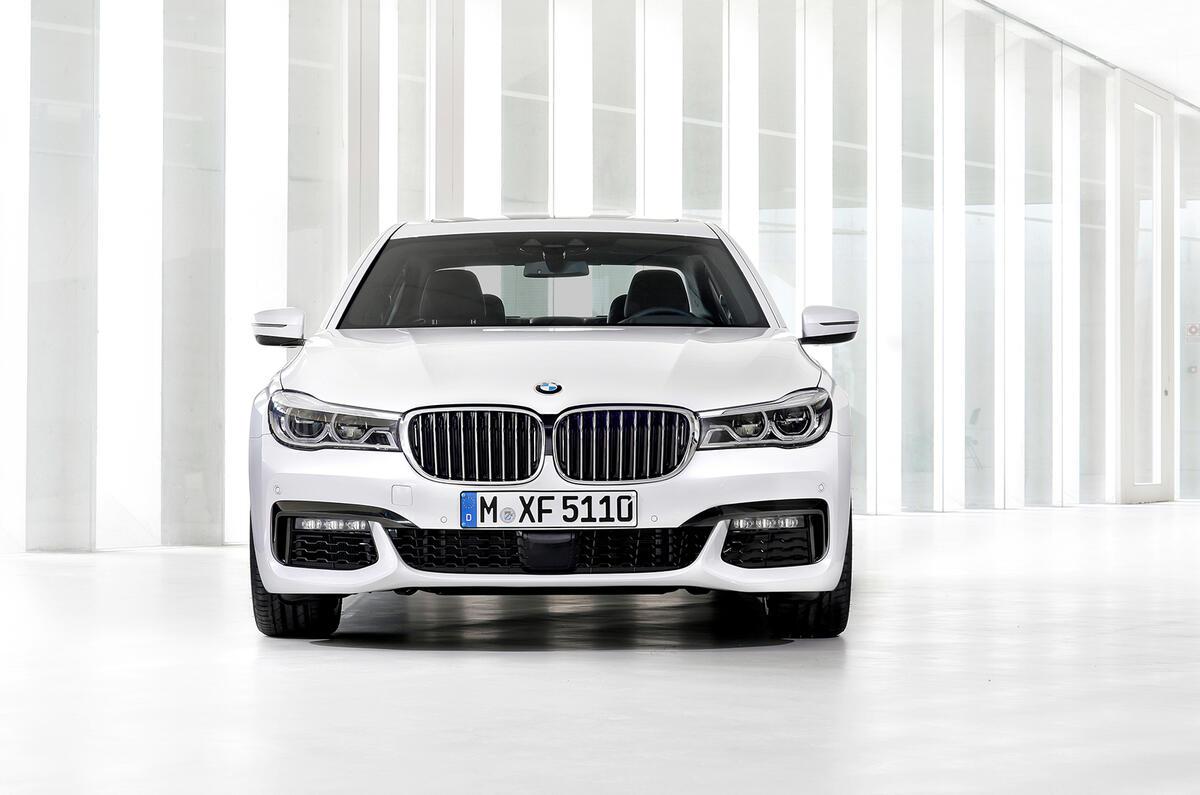
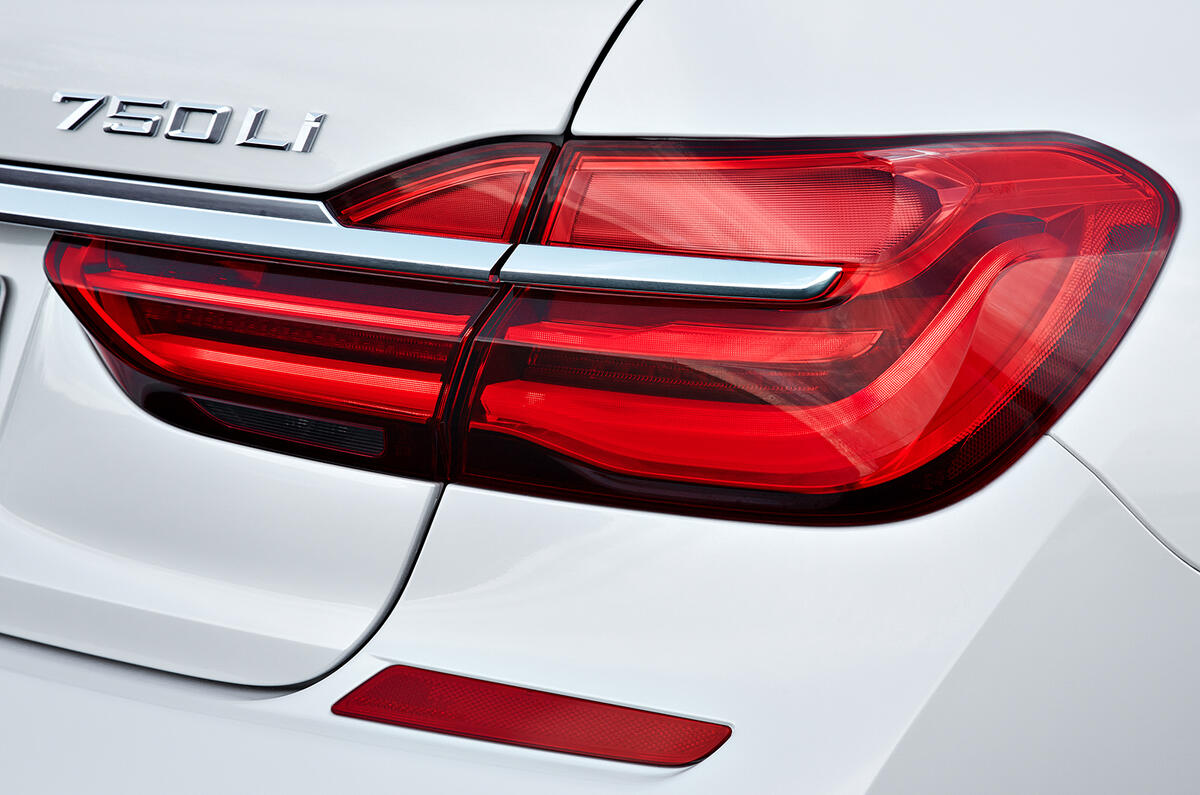
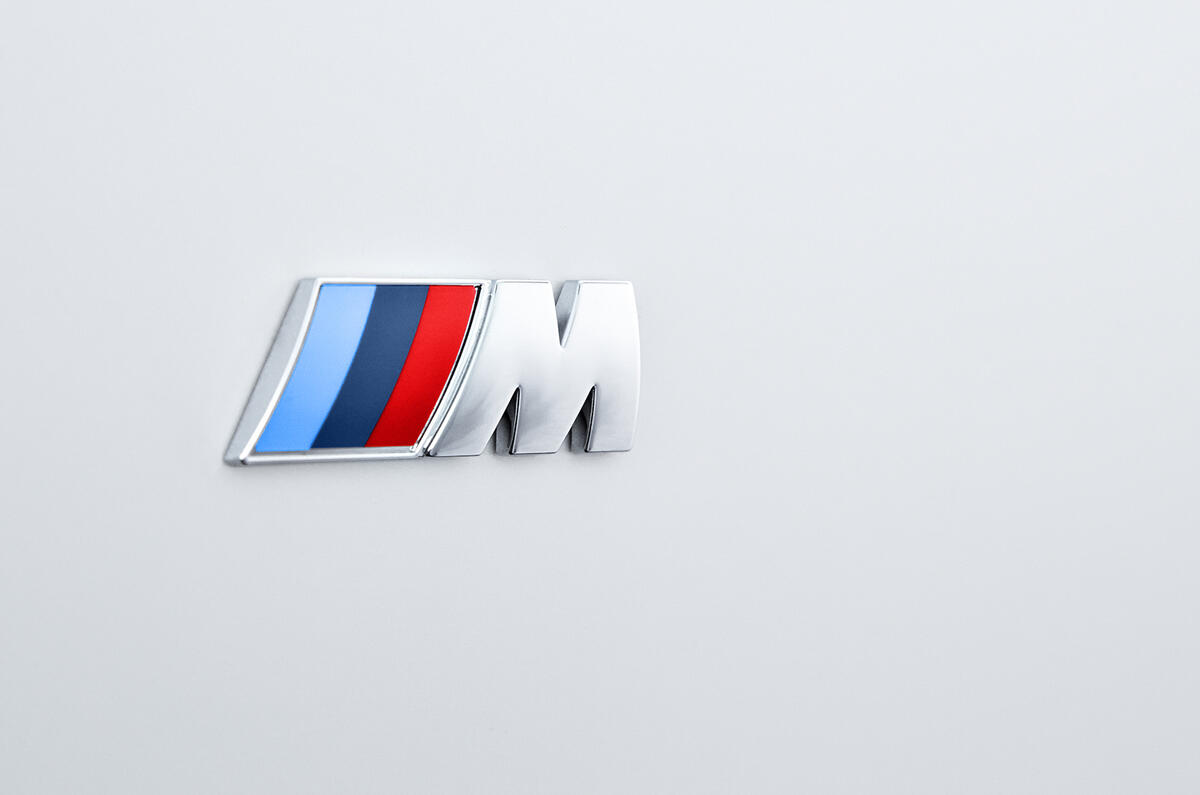

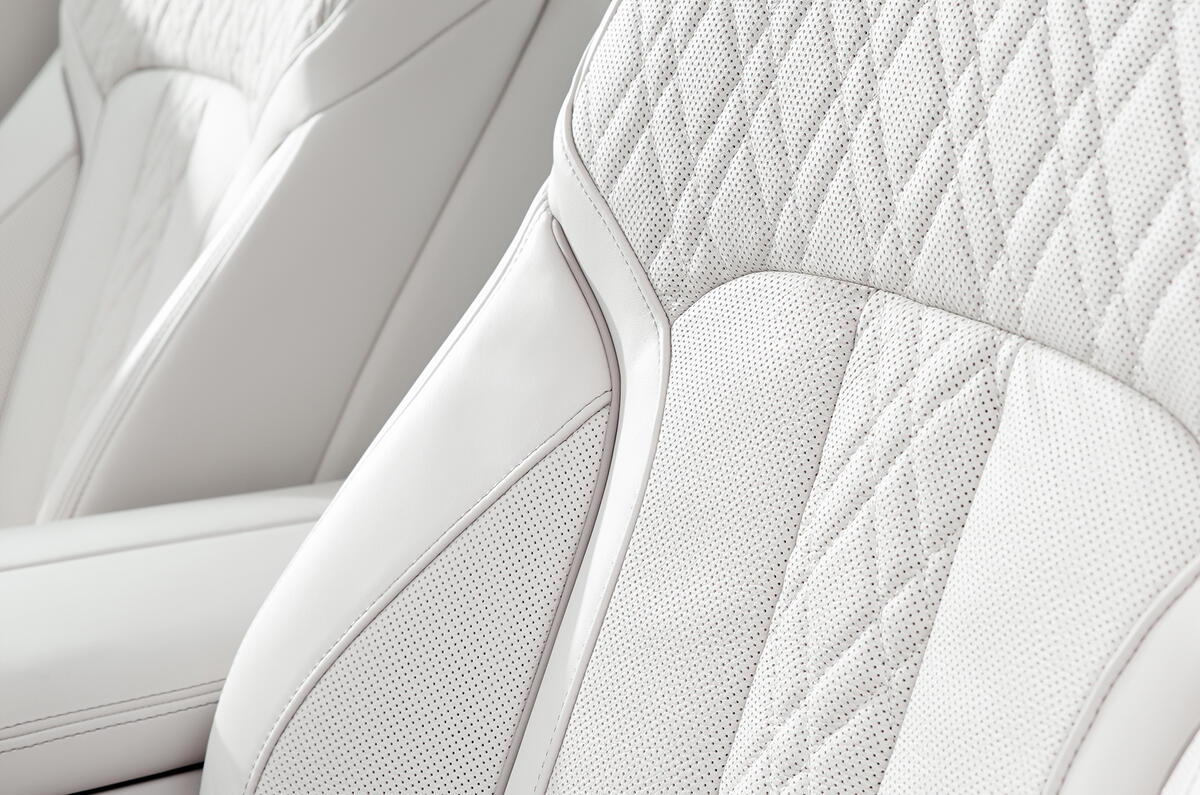
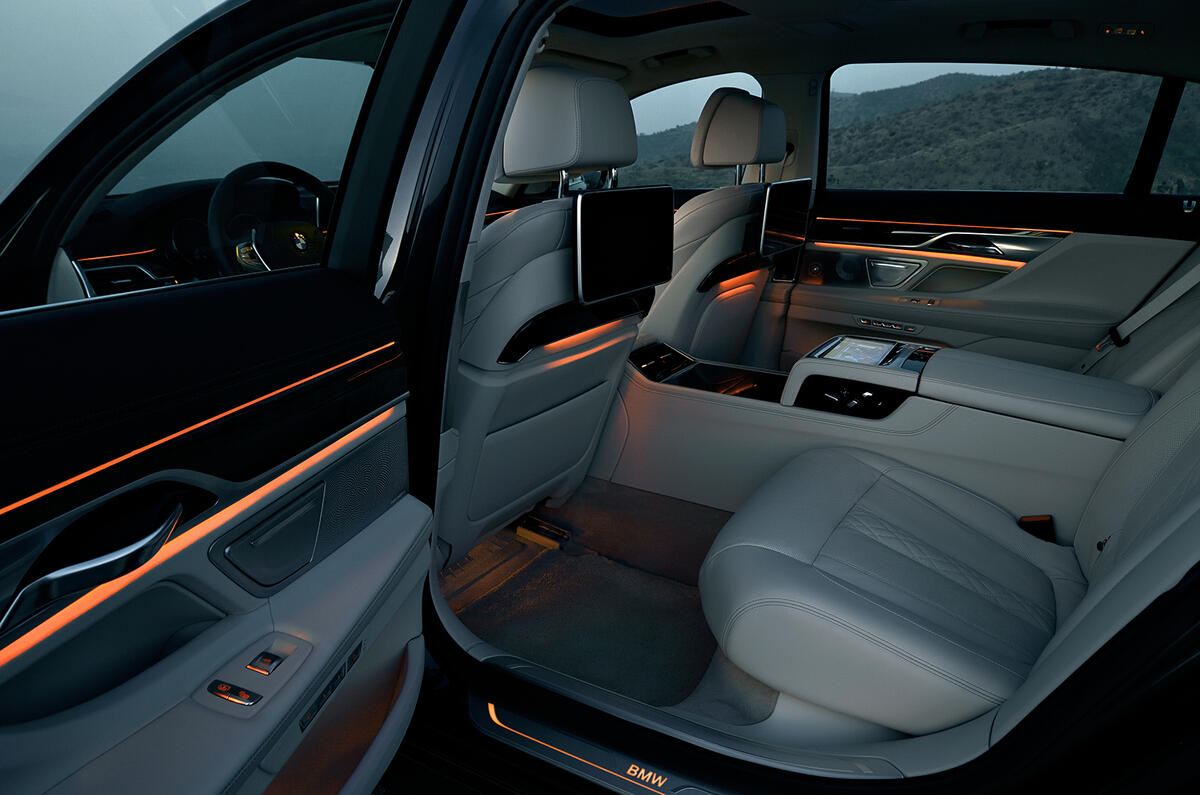
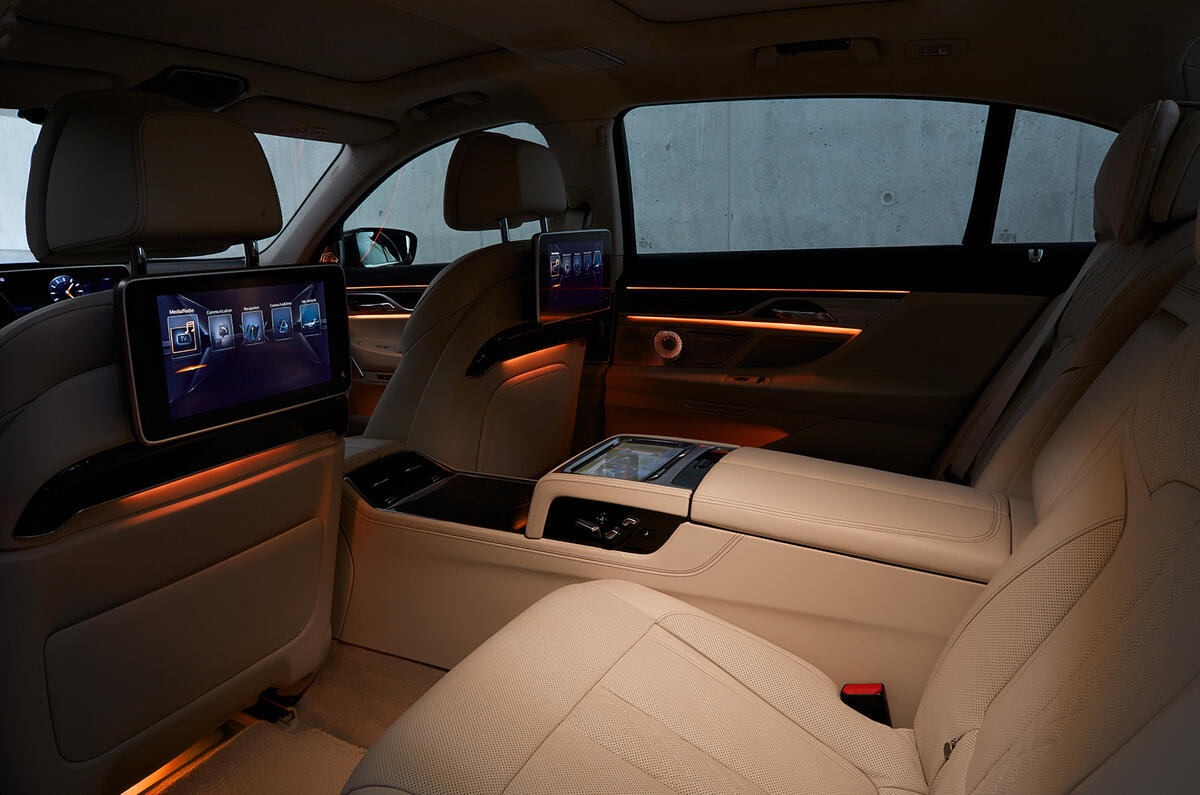
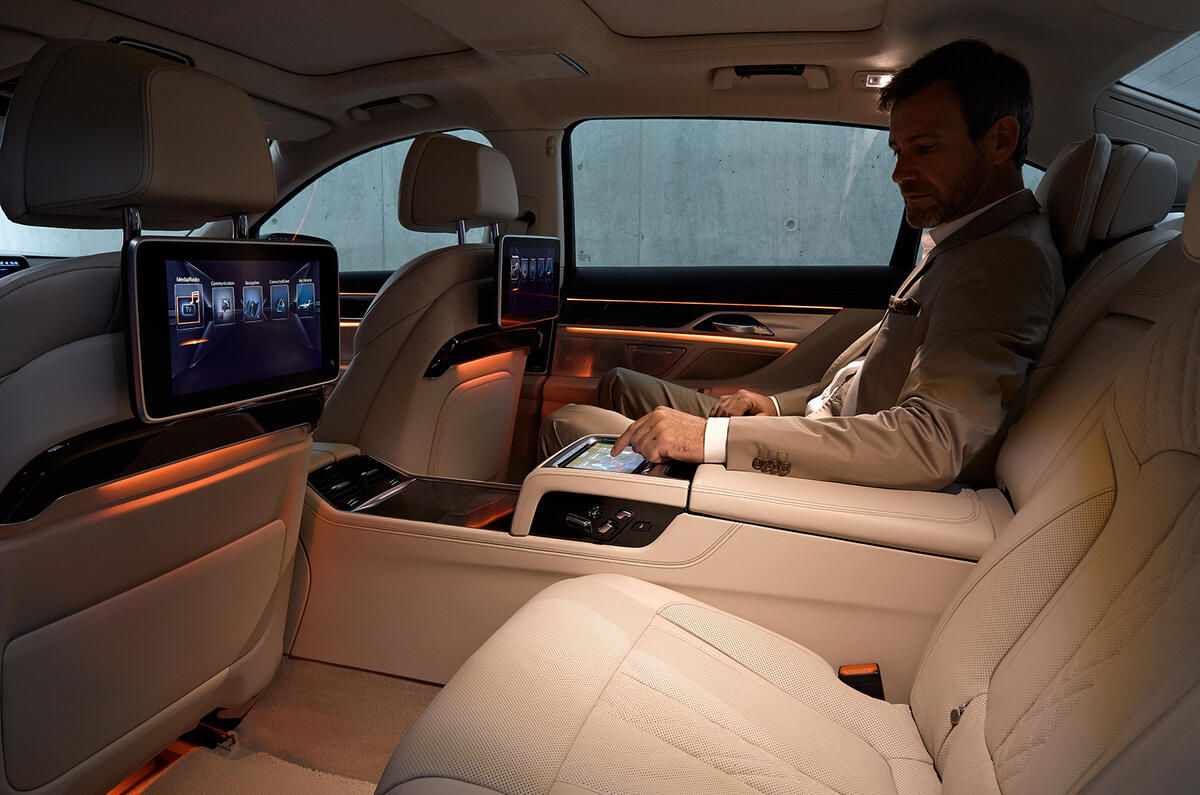
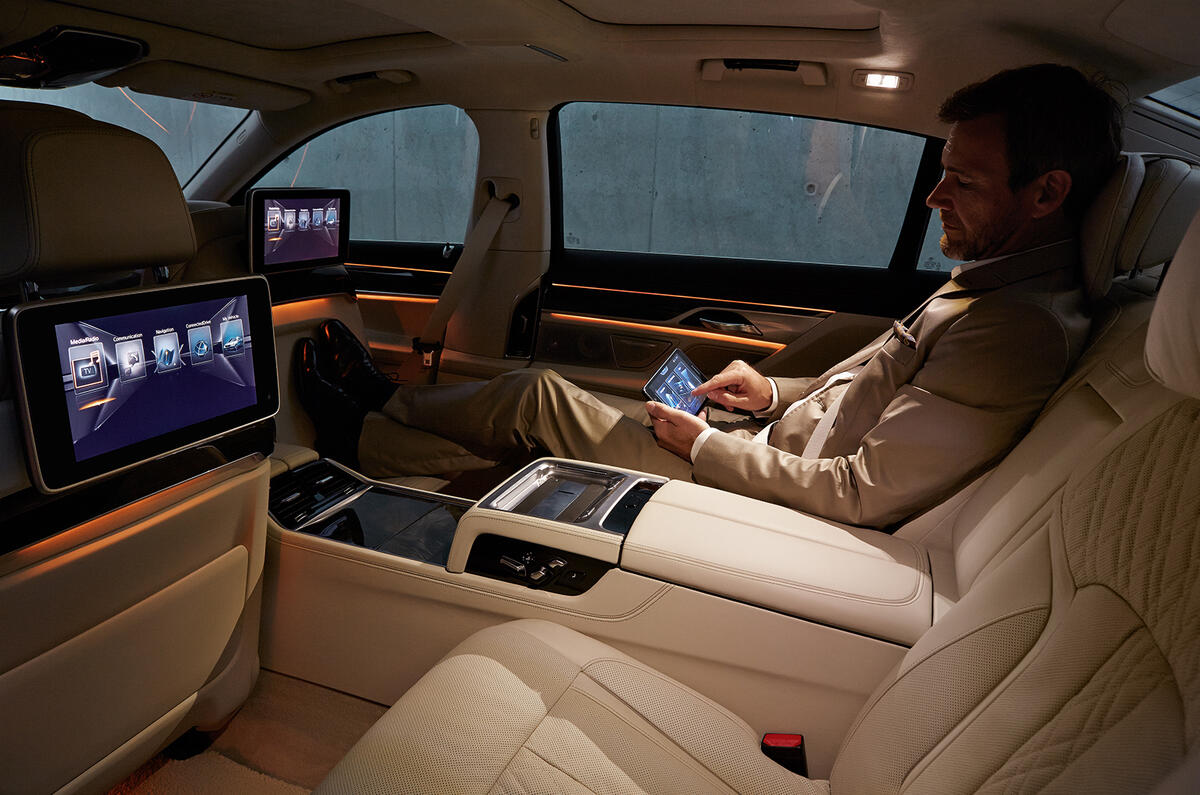
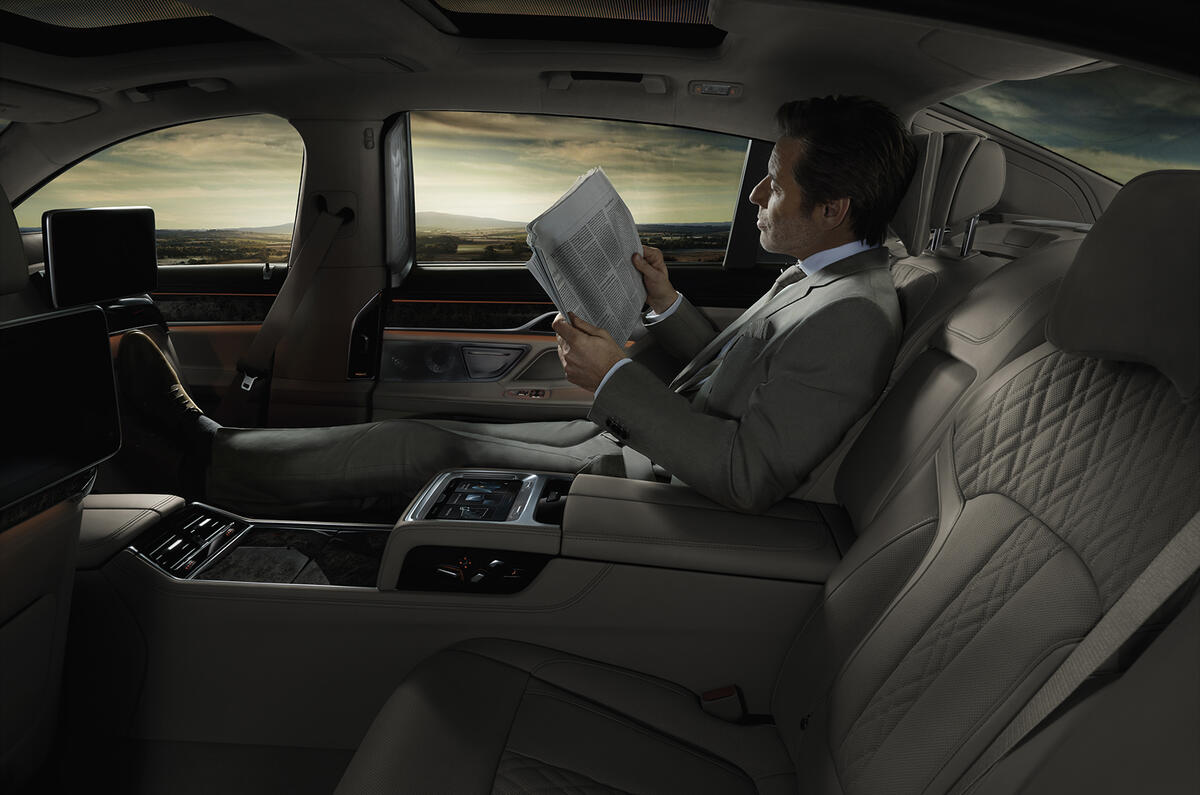
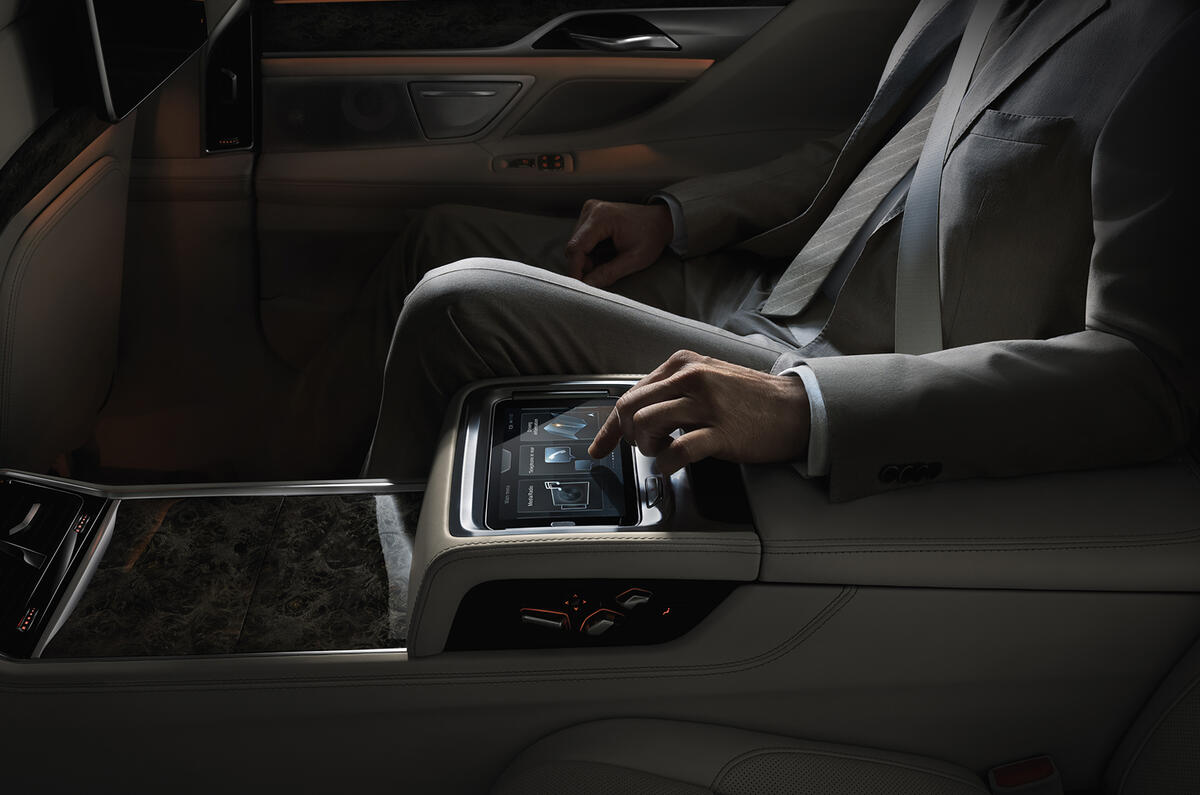
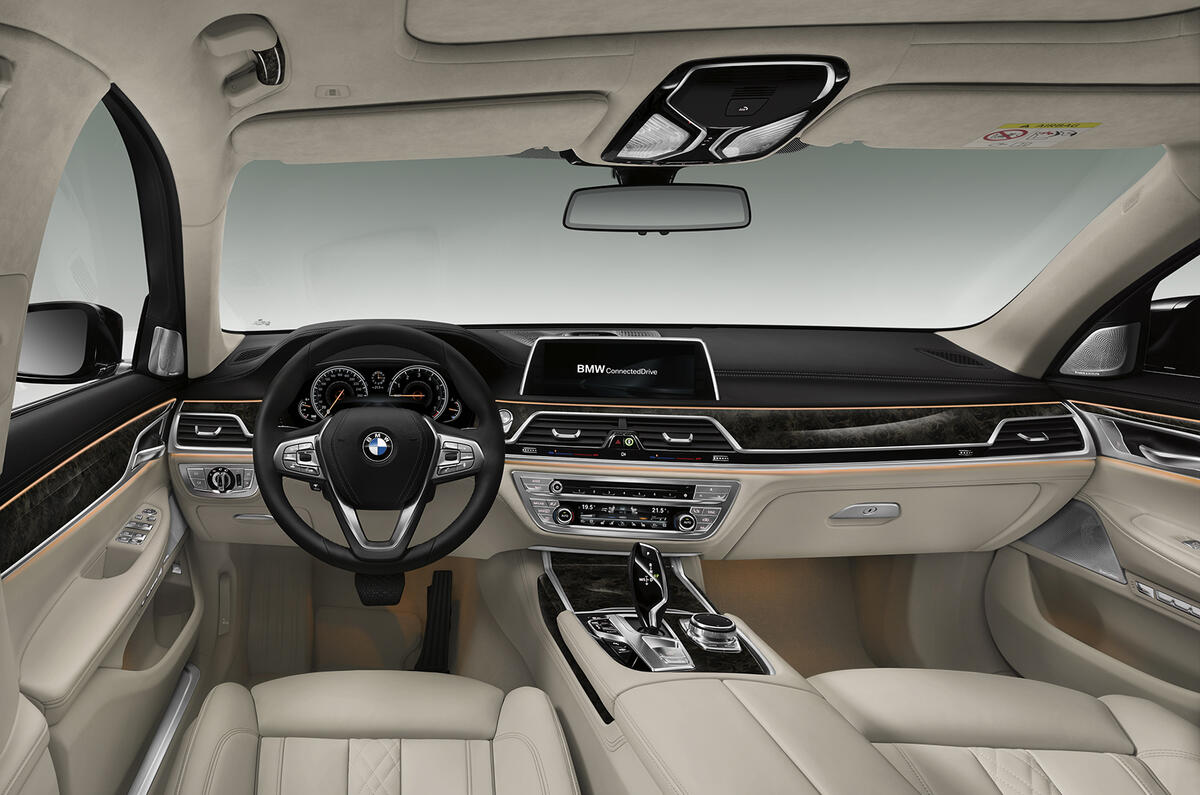


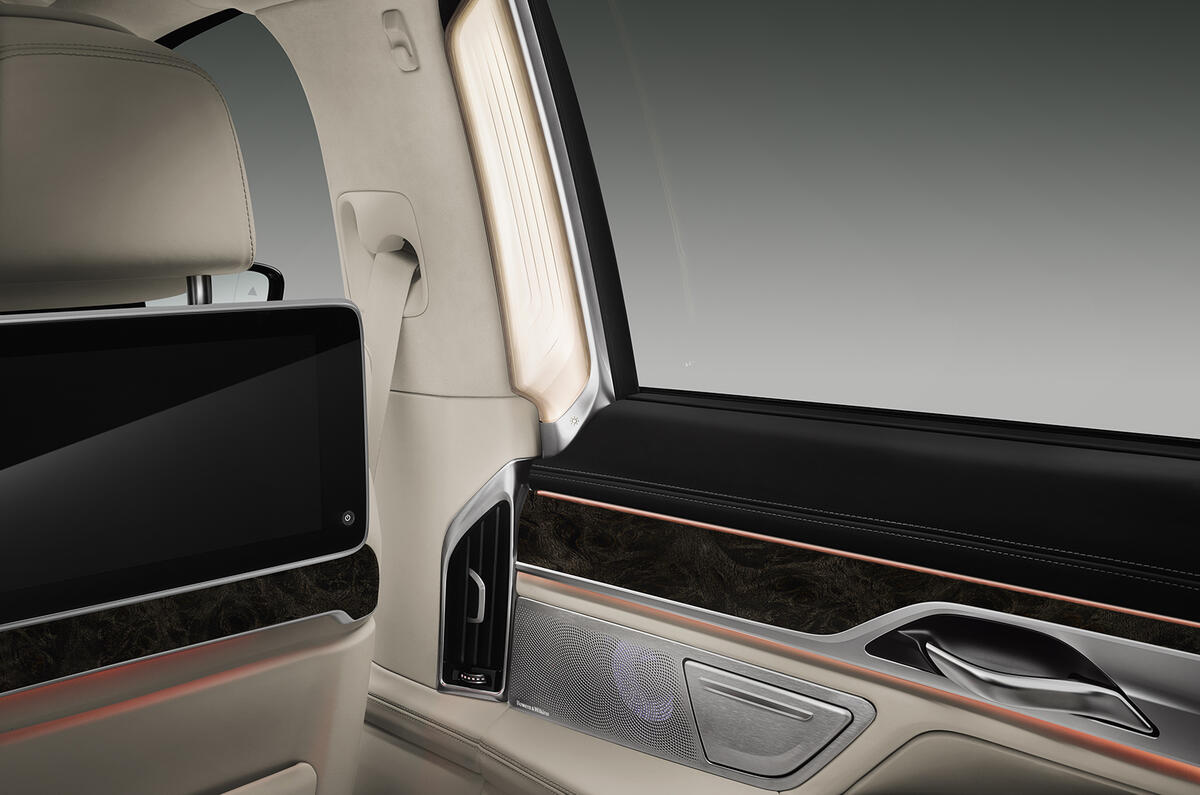
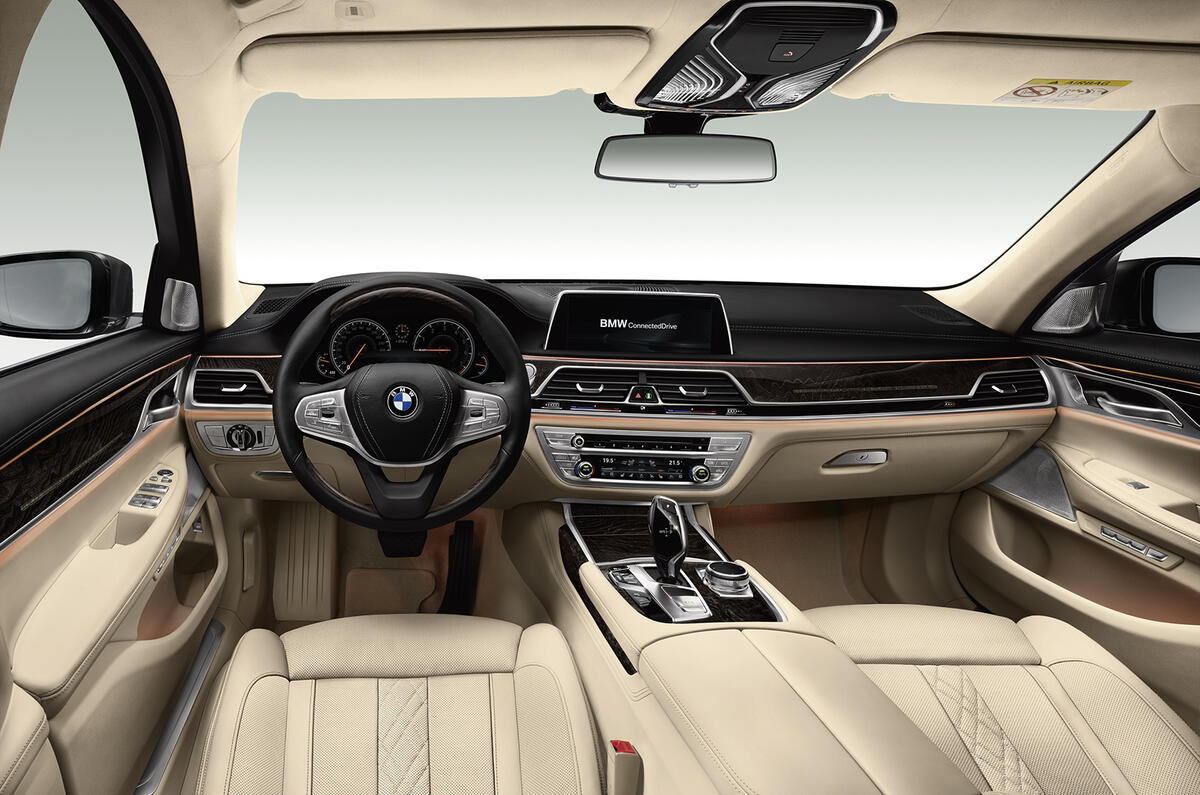
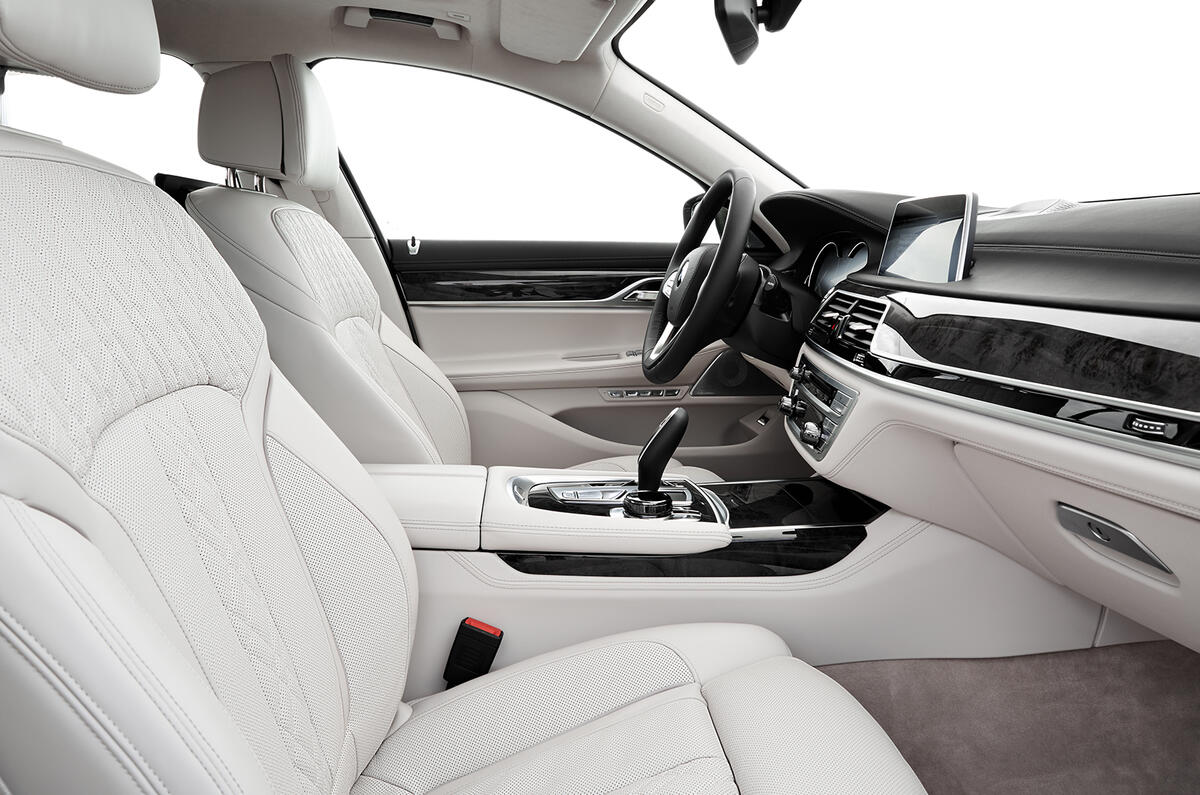
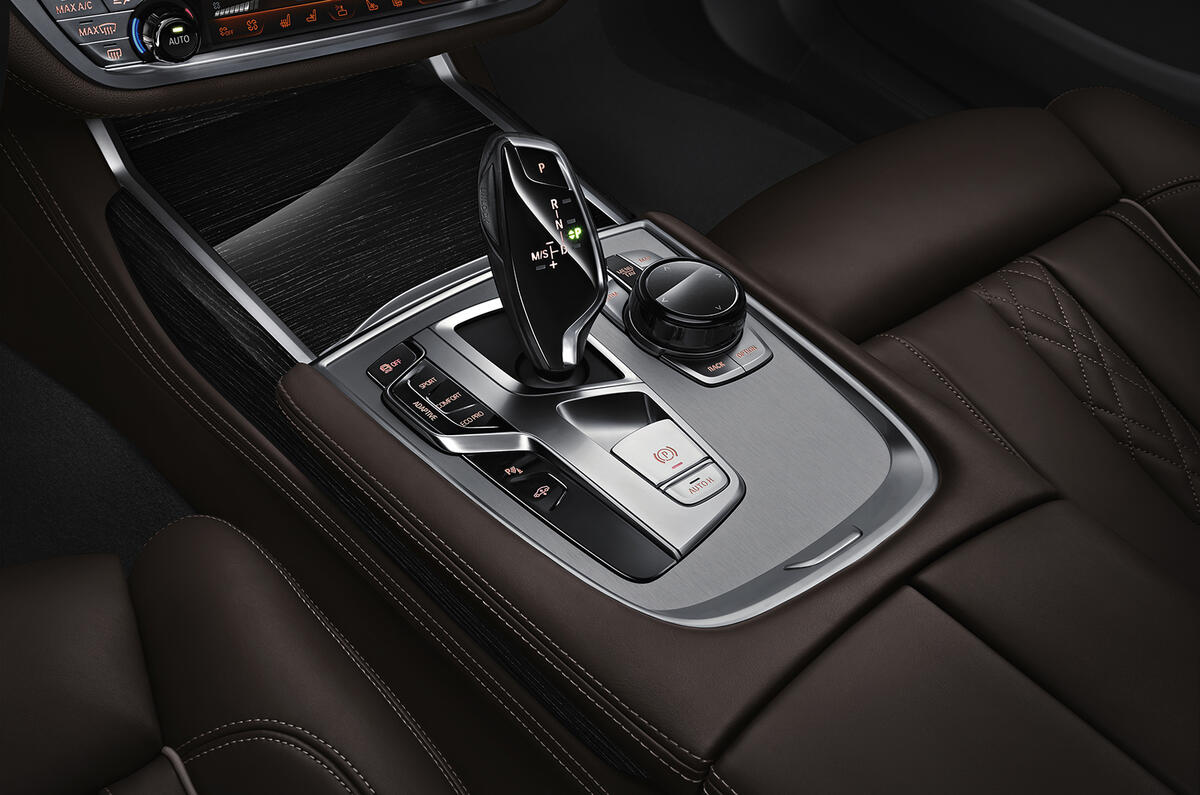
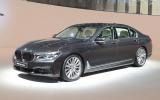
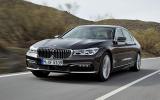
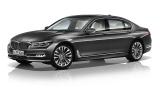

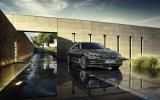
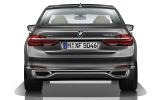
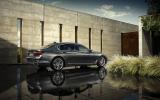

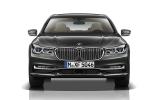
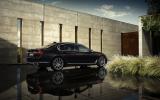
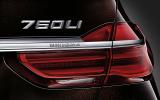
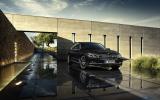
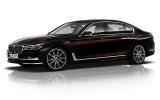

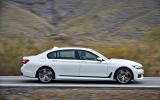
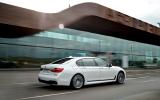

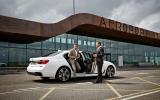
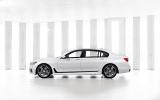
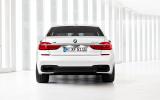
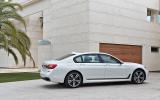
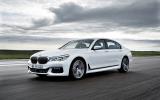

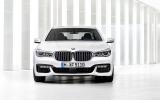
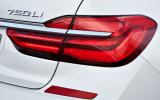
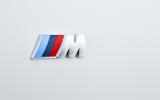

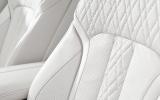
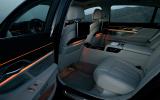

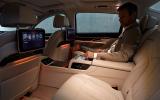

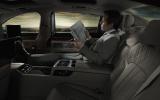
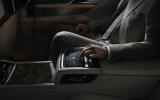
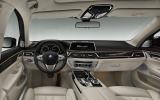
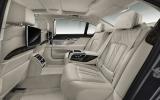

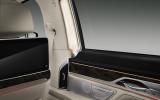
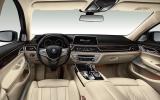
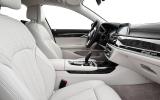
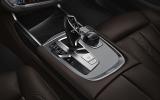



Join the debate
Add your comment
Mercedes, Jaguar, Audi,
Well I look at it properly. I
Boring design, both inside and outside.
Sorry BMW, this car is a none event for most, except for your die-hard fans, even they will think twice.